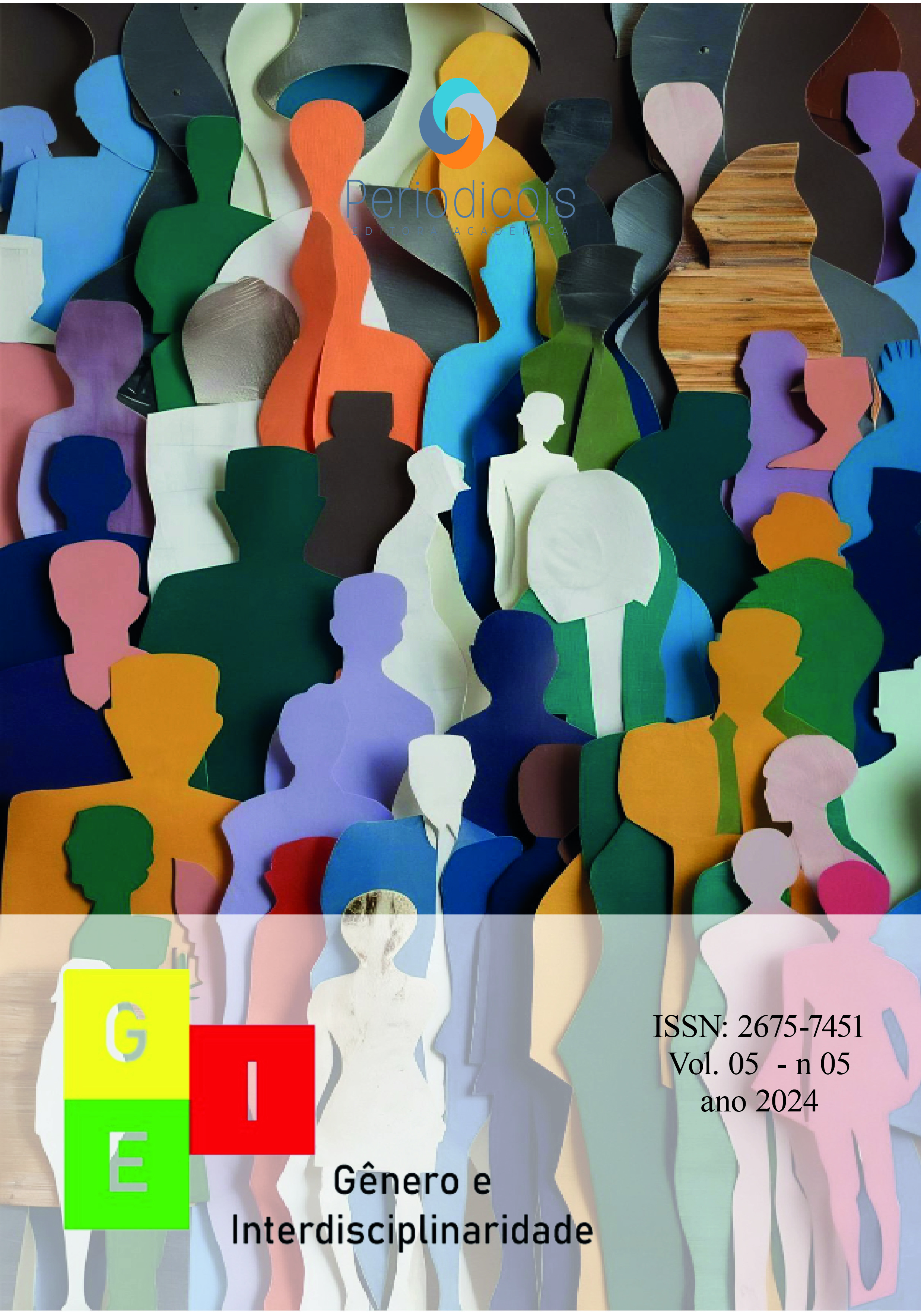Resumo
In human societies, the desire to adapt the environment to their needs has resulted in technological inventions that have gradually changed the ways of living, social interaction and the ways of producing work, and more recently, Information and Communication Technologies (ICT). With ICT being used as a form of social and everyday interaction and replacing textbooks, a new way of connecting to knowledge and a new student profile has emerged. At the same time, the context of the digital society itself requires the development of skills that enable the critical and creative use of ICT, which is essential for entering the job market and for everyday life itself. Given the increased use of technologies, the idea has emerged that aligns the use of ICT with an educational environment that prepares students for this new reality. As a result, there has been not only the insertion of digital technologies into pedagogical practice, but also artificial intelligence and virtual learning environments, inserting technologies into an educational context called Education 4.0. In this context, the aim of this article is to investigate the possibilities and advantages of using digital technologies as a teaching resource in terms of developing skills and competencies inherent to creation, the critical and creative use of technologies and, more specifically, the use of virtual learning environments in the context of face-to-face teaching in basic education.
Referências
Altoé, Anair. Processo tecnicista. Didática: Processos de trabalho em sala de aula, p. 65-79, 2005. Disponível em:
Beluce–Uel, Andrea Carvalho. Ambientes Virtuais de Aprendizagem: das estratégias de ensino às estratégias de aprendizagem. 2012. Disponível em: AMBIENTES-VIRTUAIS-DE-APRENDIZAGEM-DAS-ESTRATEGIAS-DE-ENSINO-AS-ESTRATEGIAS-DE-APRENDIZAGEM.pdf (researchgate.net) Acesso em 15. set. 2024 às 18h50min.
Cônsolo, Angeles Treitero García. Educação 4.0: onde vamos parar. Gestão, v. 4, p. 94-115, 2020. Disponível em: 04.pdf (blucher.com.br) Acesso em 15. set. 2024 às 21h29min.
Führ, Regina Candida. A tecnopedagogia na esteira da educação 4.0: Aprender a aprender na cultura digital. Revista Educação no Século XXI-Volume, 2018. Disponível em: TRABALHO_EV117_MD4_SA19_ID5295_08082018120756.pdf (editorarealize.com.br) Acesso em 15.set. 2024 às 22h00min.
Franciscato, Fábio Teixeira et al. Avaliação dos Ambientes Virtuais de Aprendizagem Moodle, TelEduc e Tidia-ae: um estudo comparativo. Revista Novas Tecnologias na Educação, v. 6, n. 1, 2008.
Haddad, Murilo. Ambientes virtuais de aprendizagem (AVAs) no ensino presencial e semipresencial de graduação da UFSJ. São João del-Rei, 2013. Disponível em: Dissertacao - Murilo Haddad.pdf (ufsj.edu.br) Acesso em 16.set. 2014 às 19h34min.
Lemes, Isadora Luiz; Dos Santos, Renato P. Sete Possíveis Características do Professor da Educação 4.0. Disponível em: pdf_1-libre.pdf (d1wqtxts1xzle7.cloudfront.net) Acesso em 15. set. 2024 às 18h40min.
Lopes, António Marcelino; Gomes, Maria João. Ambientes virtuais de aprendizagem no contexto do ensino presencial: uma abordagem reflexiva. In: Actas da V Conferência Internacional de Tecnologias de Informação e Comunicação na Educação. 2007. p. 814-824. Disponível em: Ambientes Virtuais de Aprendizagem no Contexto do Ensino Presencial: uma Abordagem Reflexiva (researchgate.net) Acesso em 16. set. 2024 às 18h35min.





